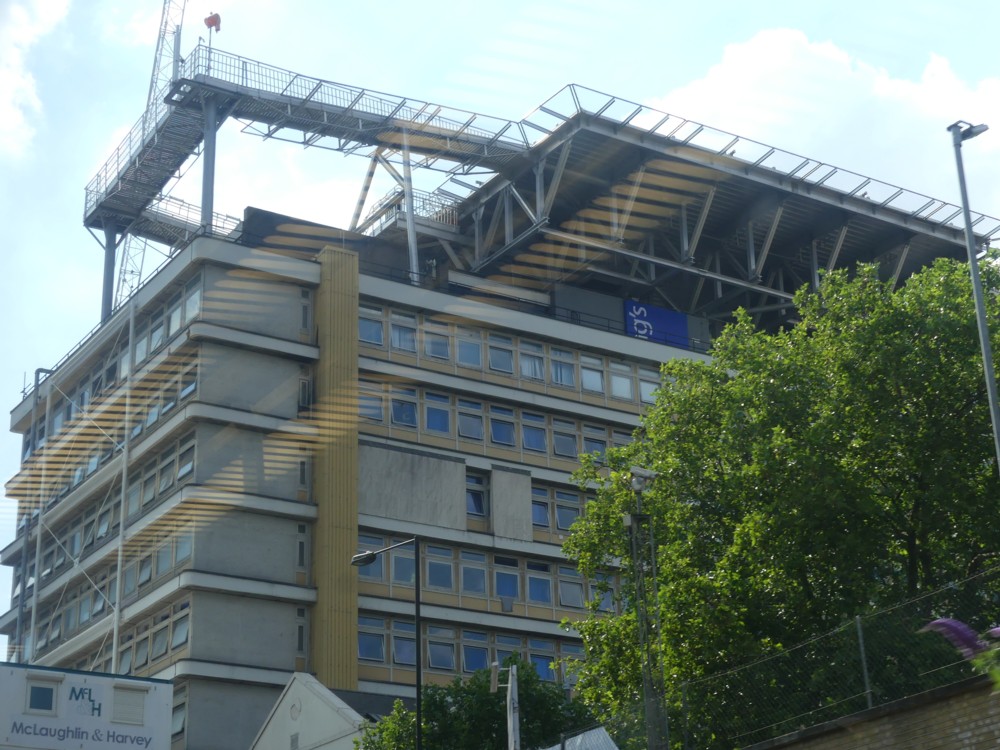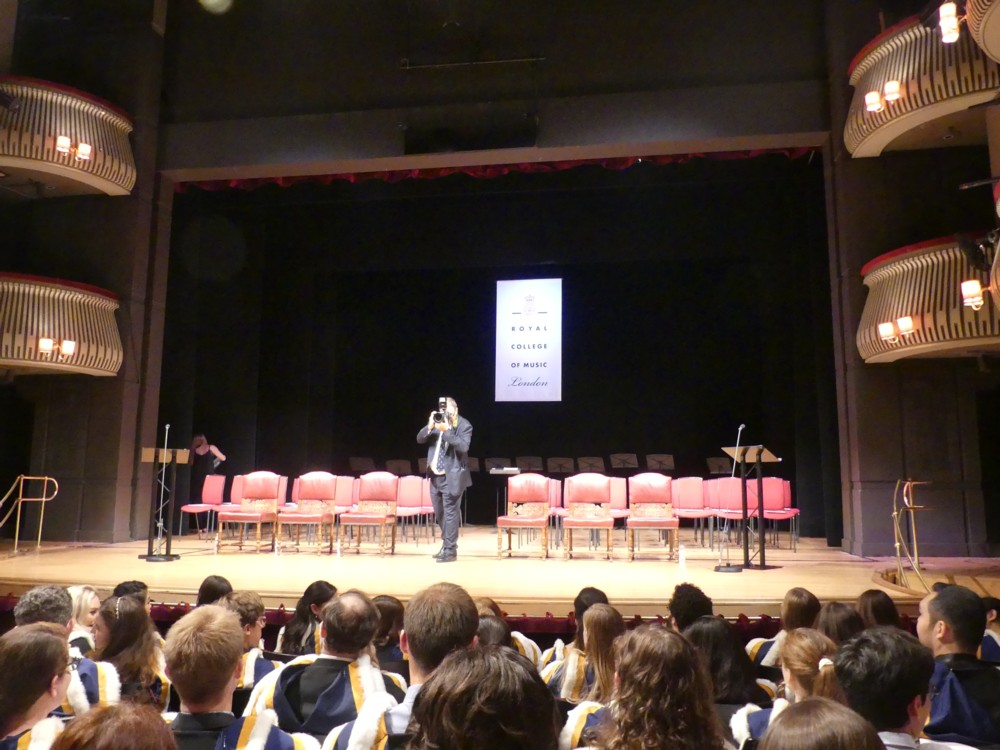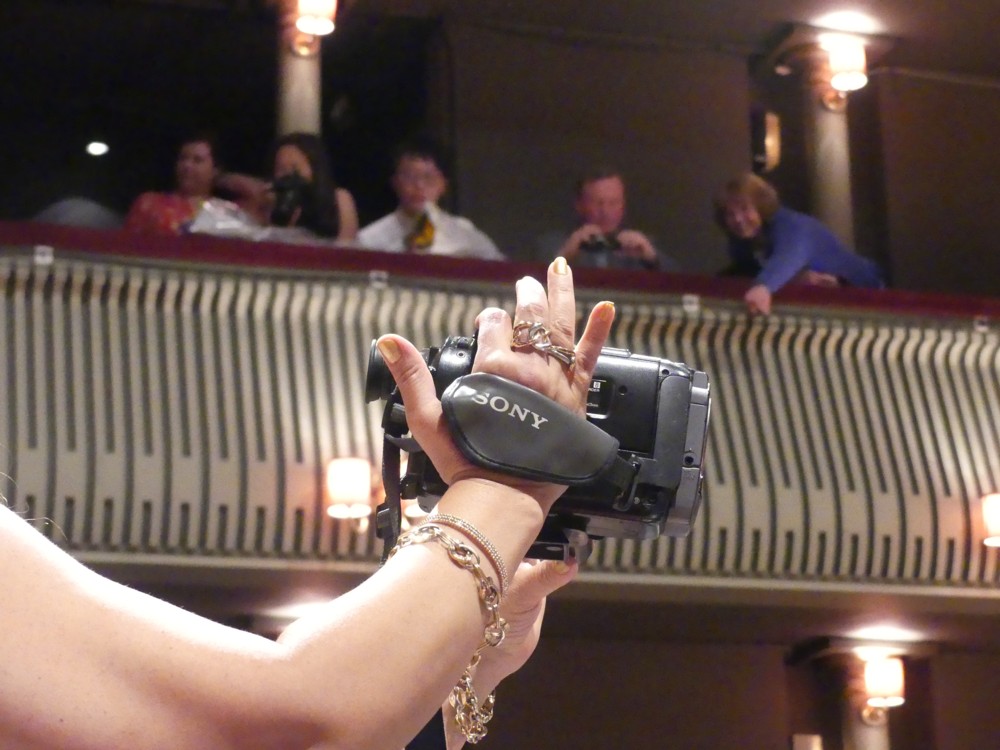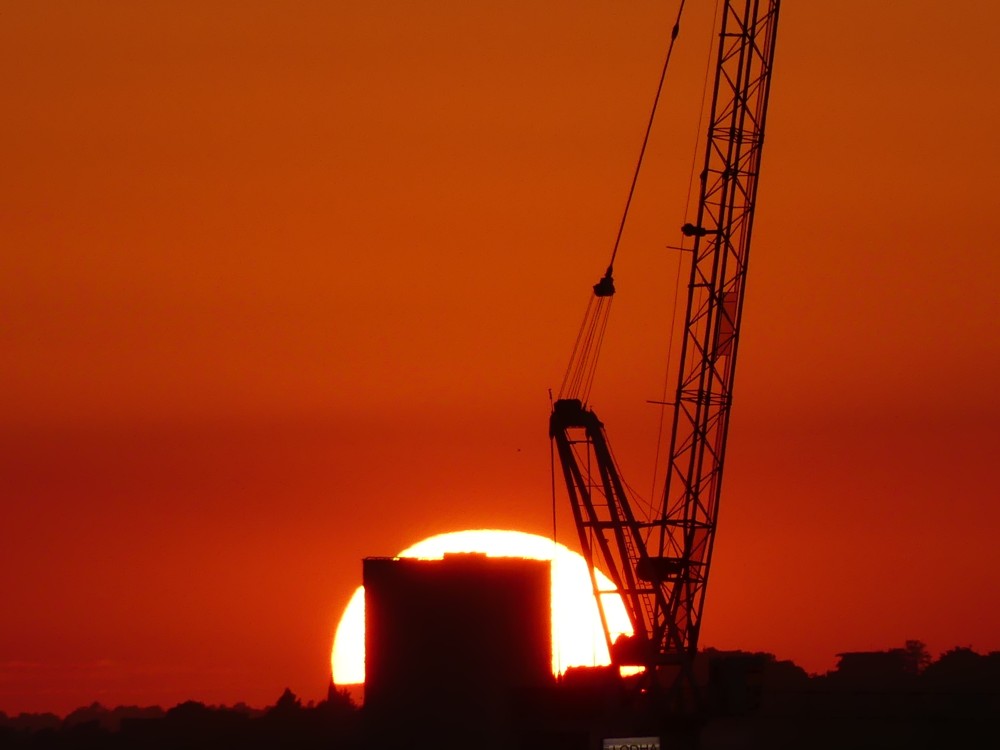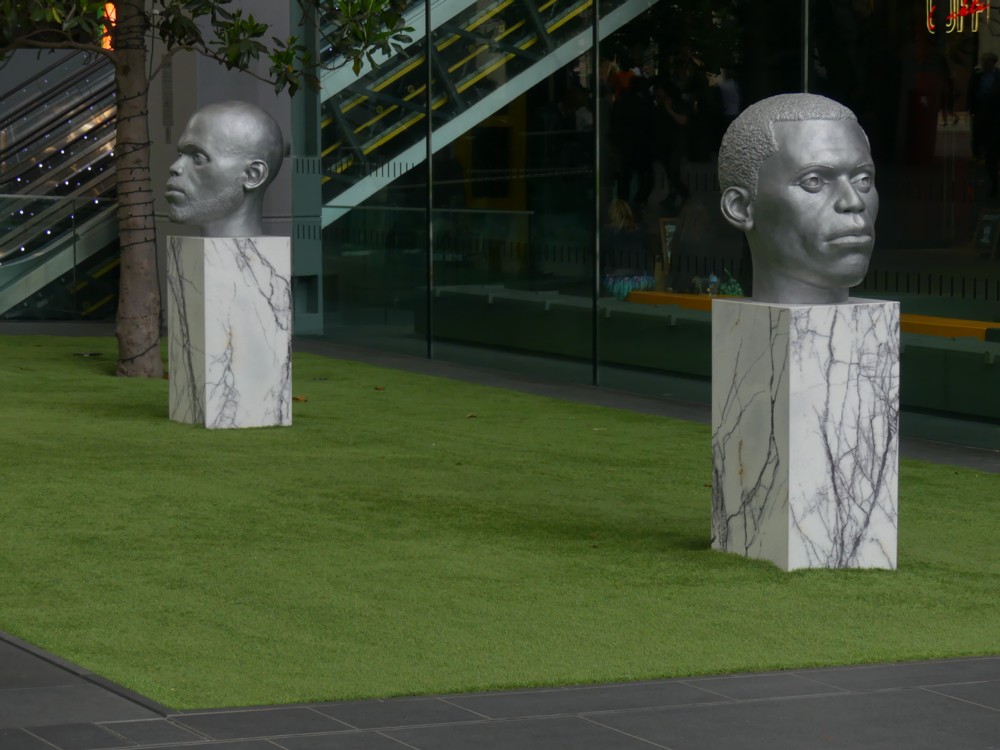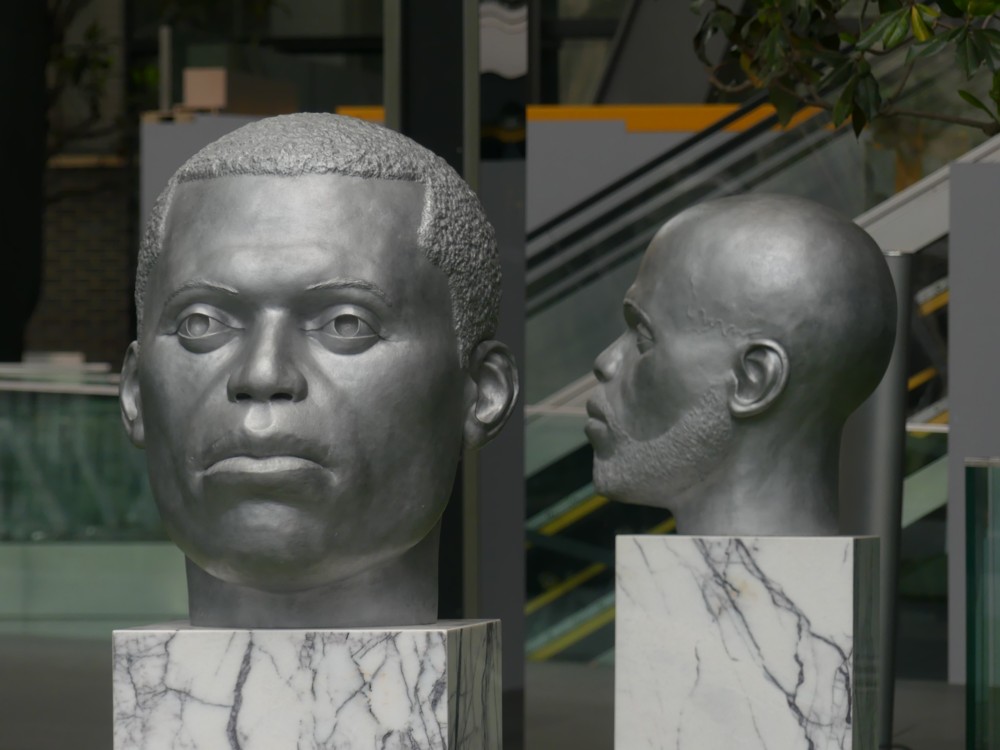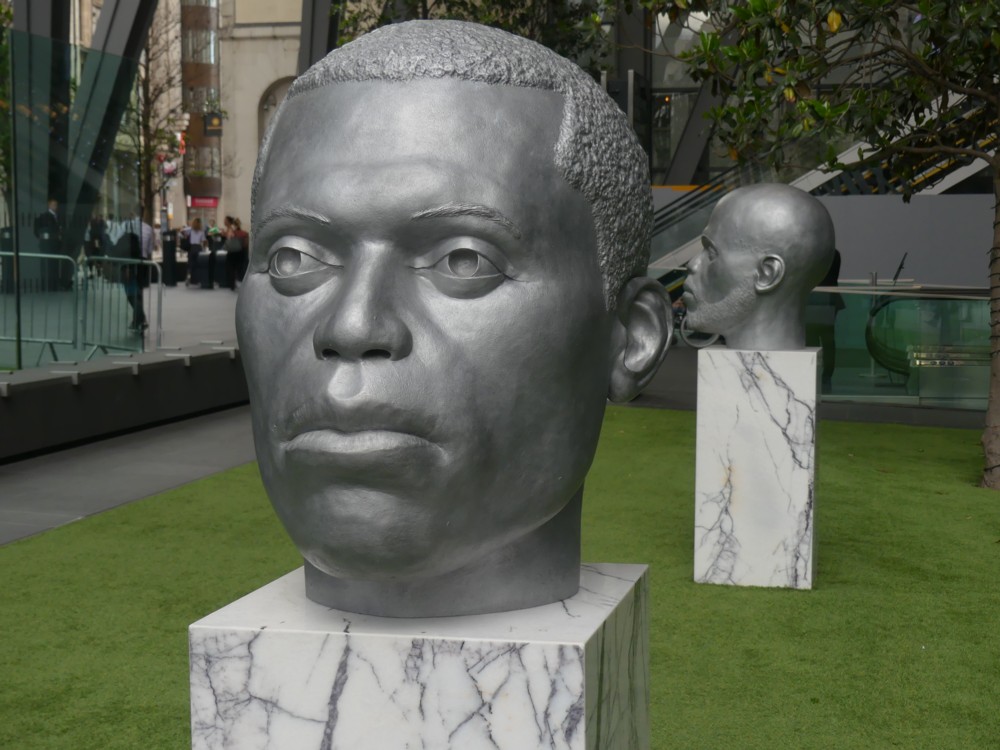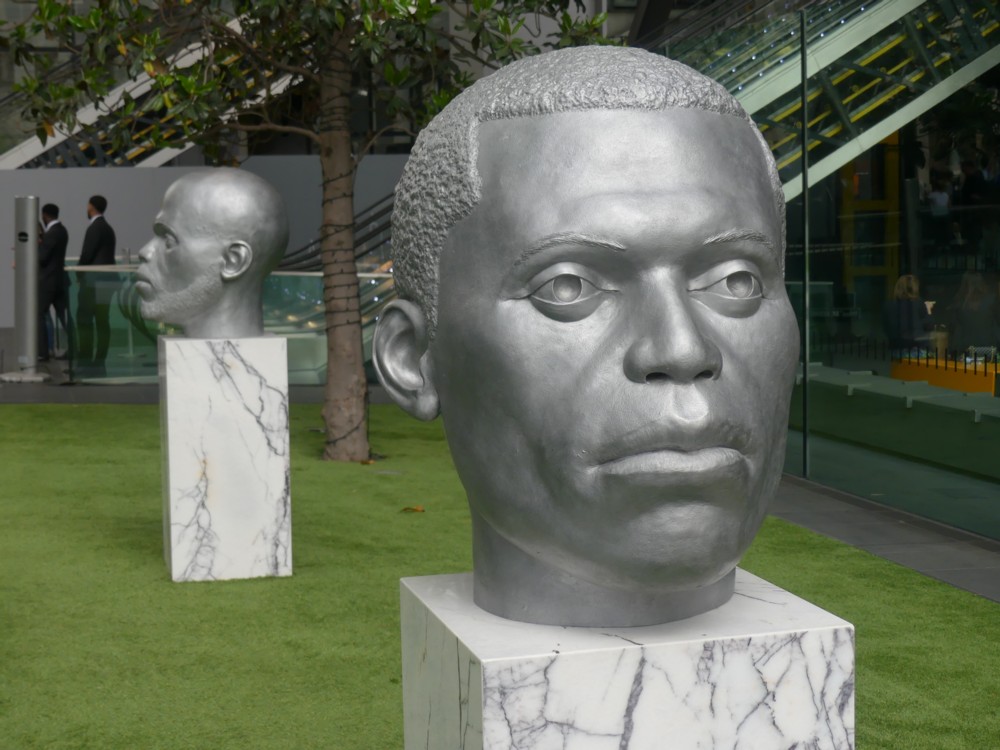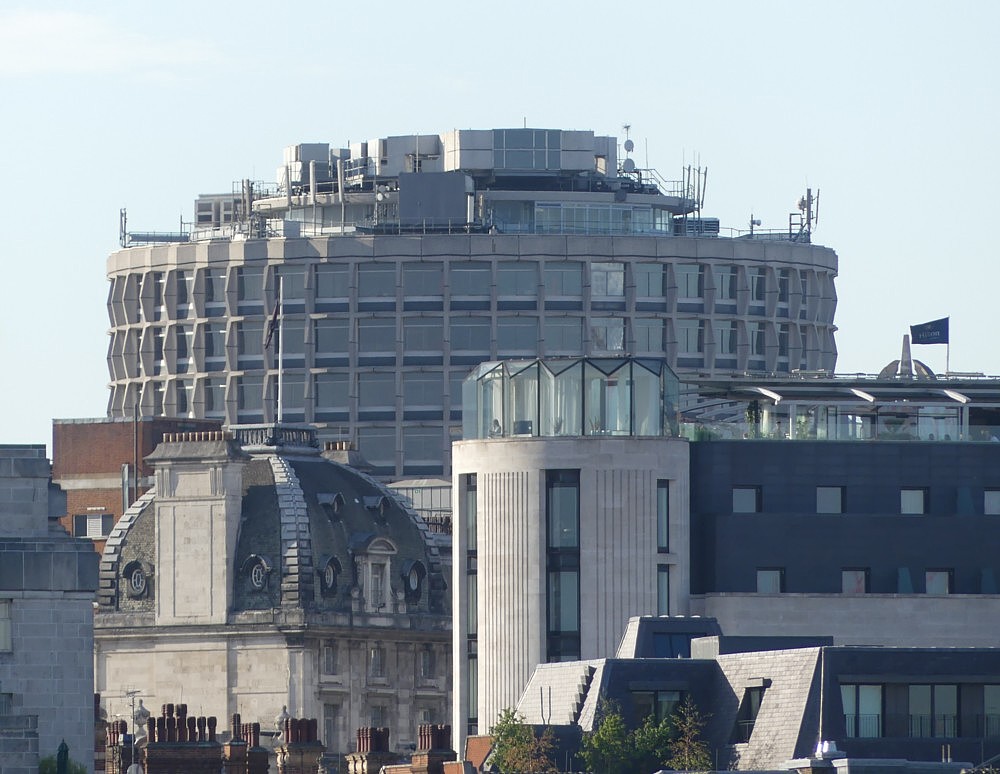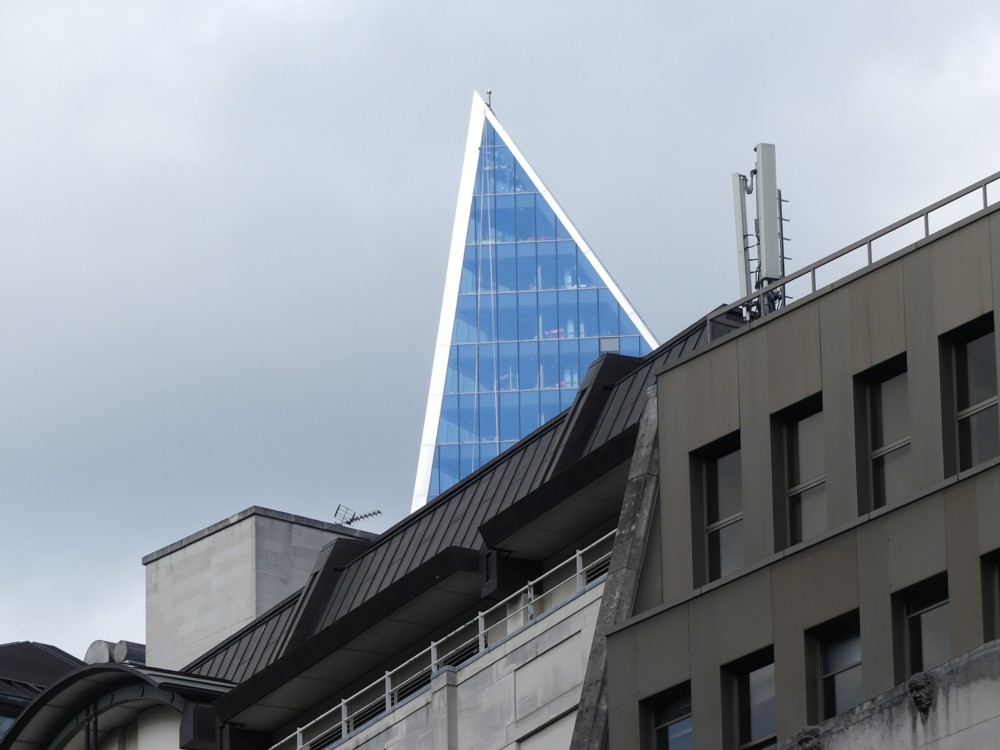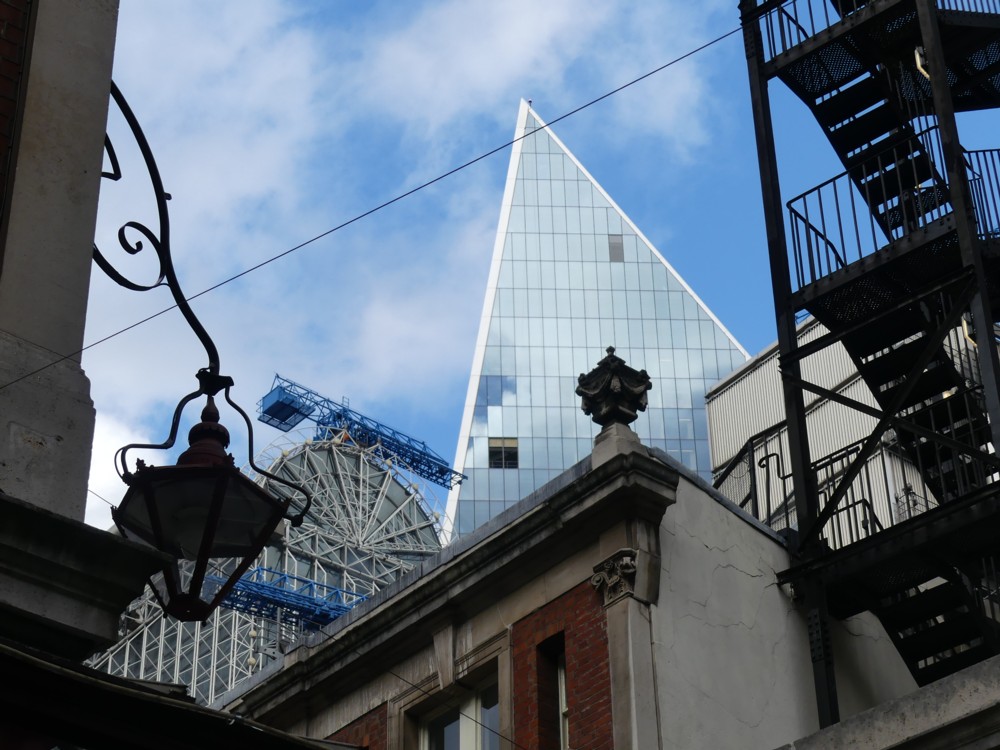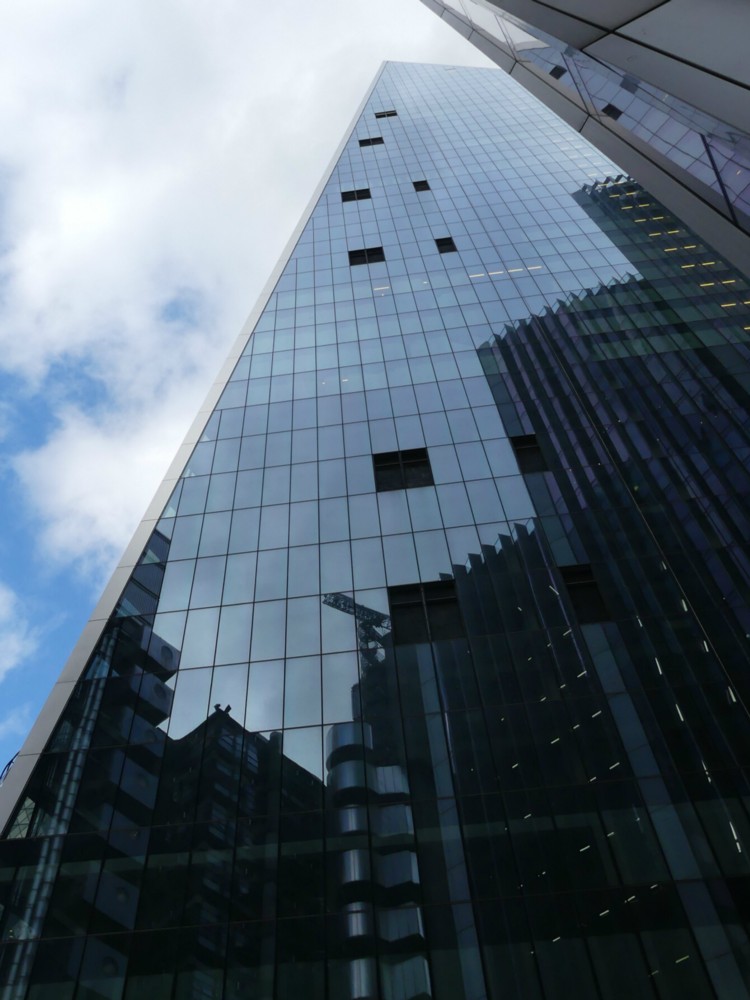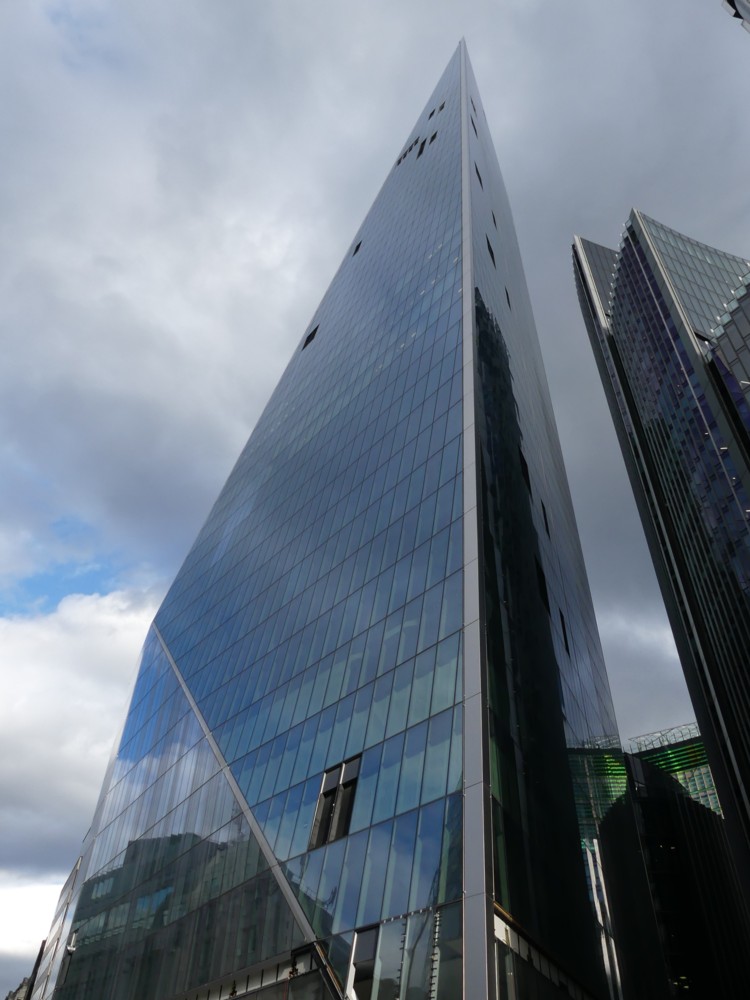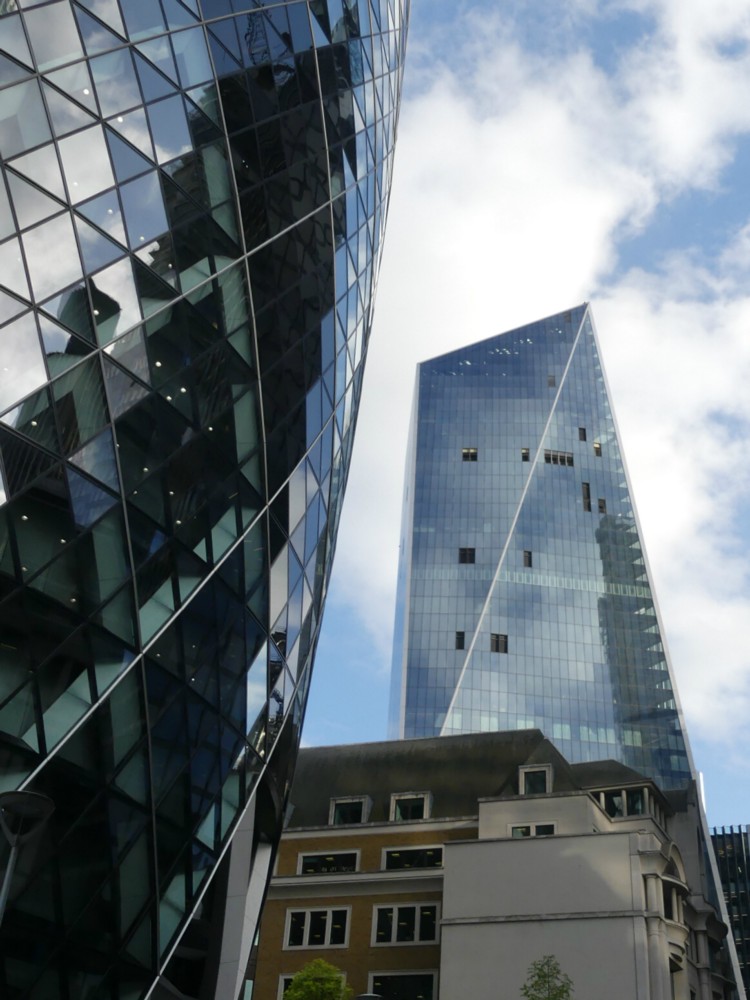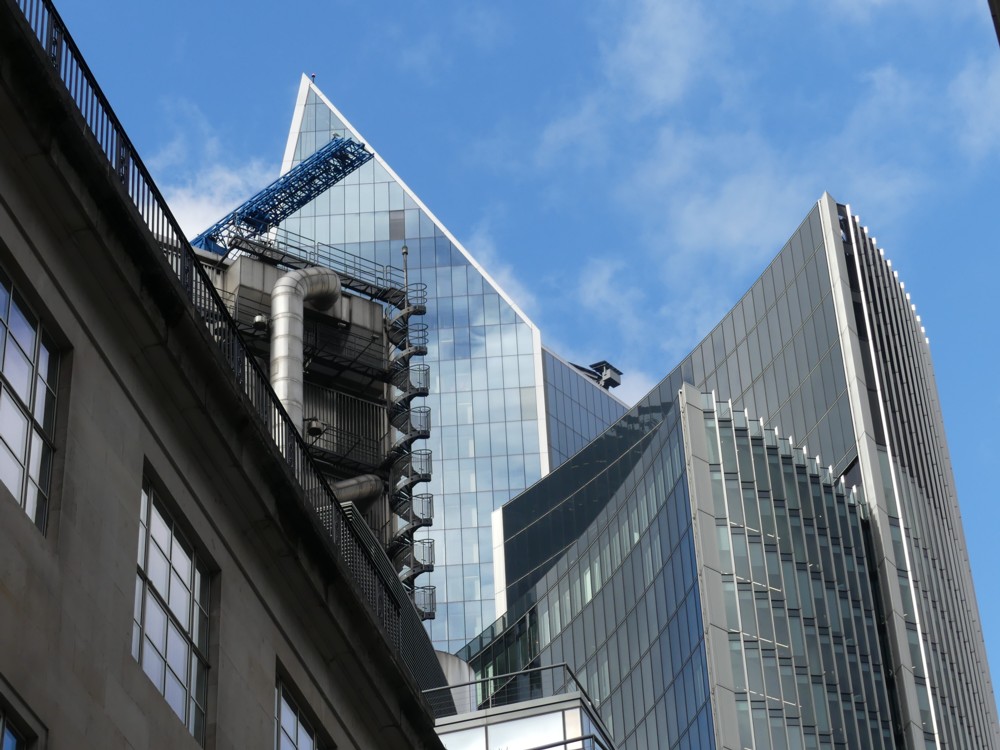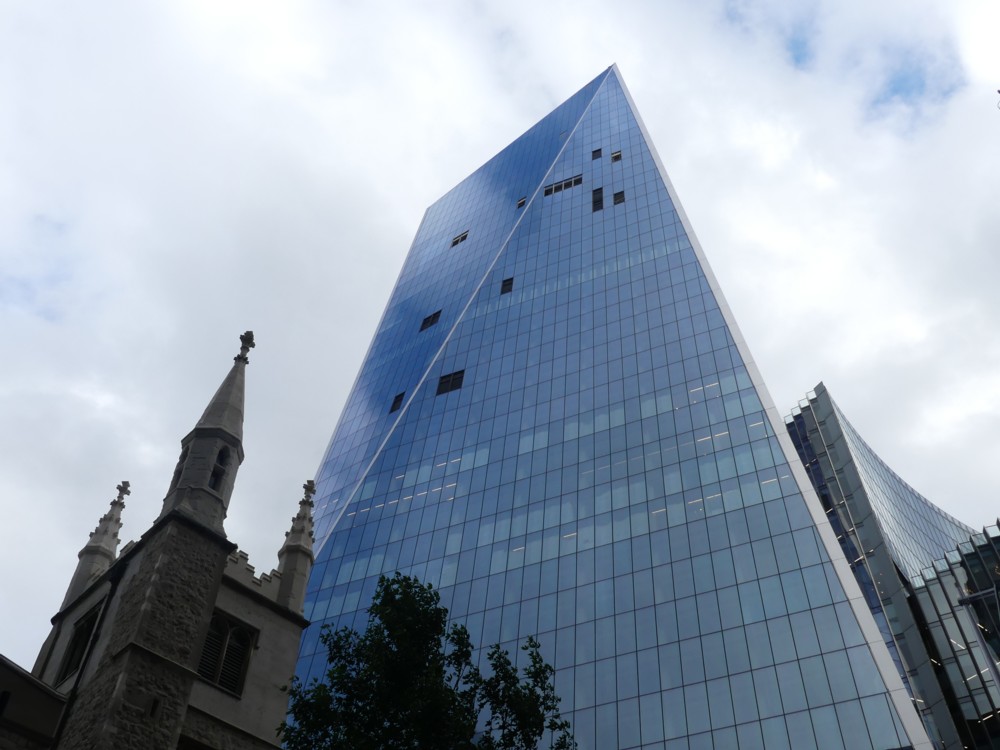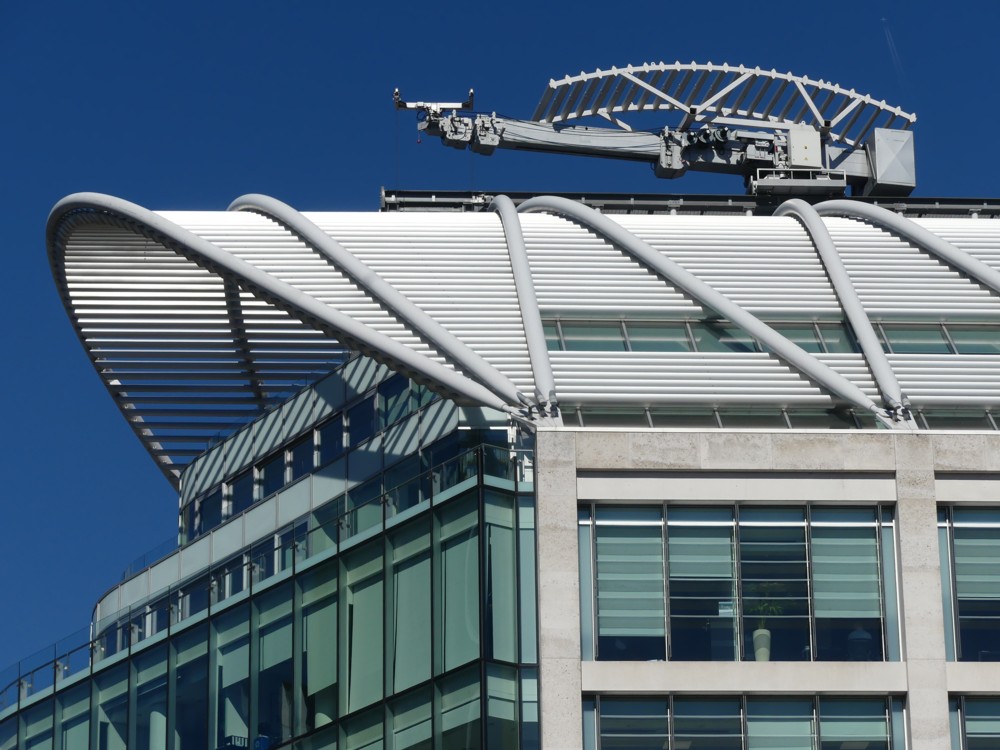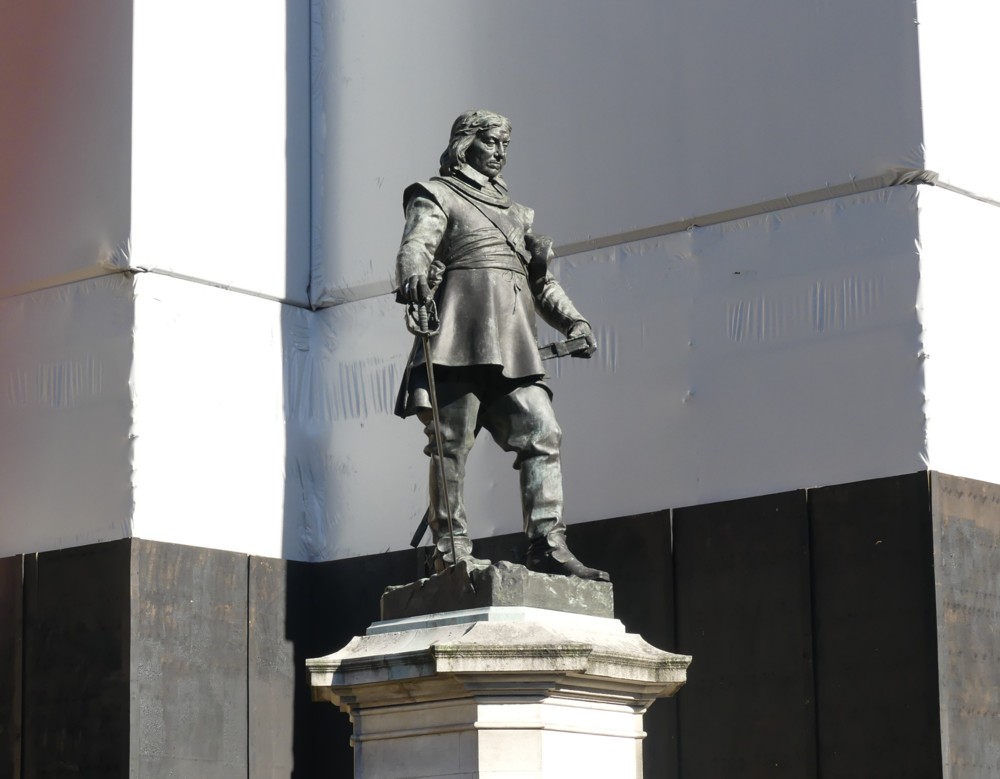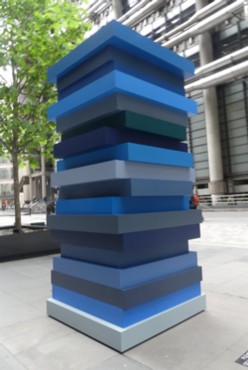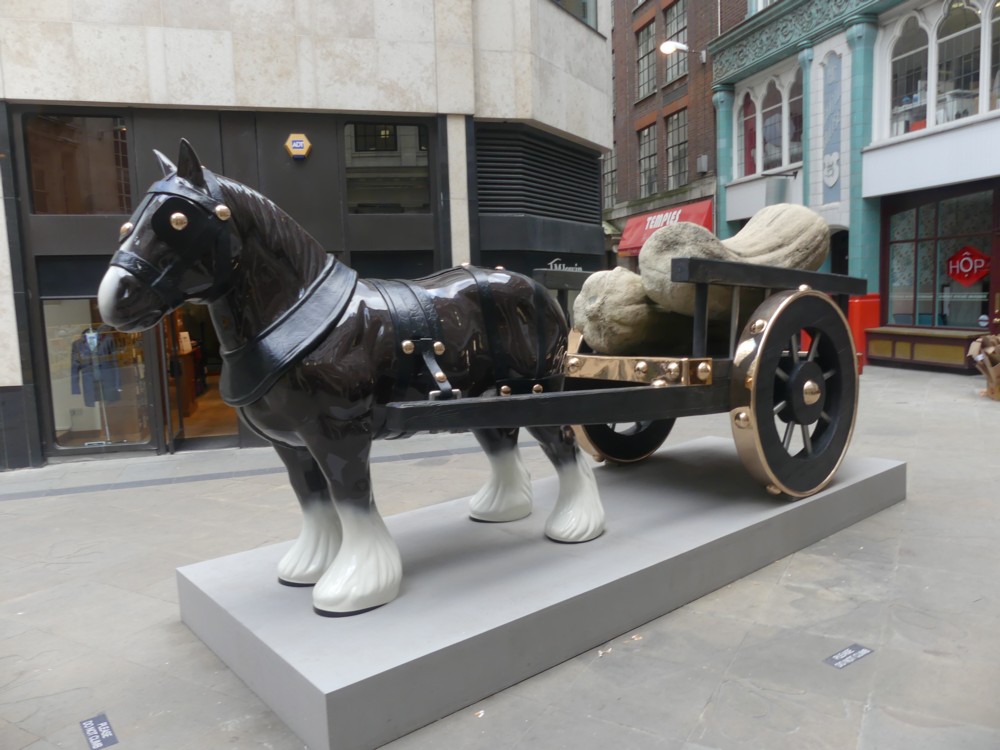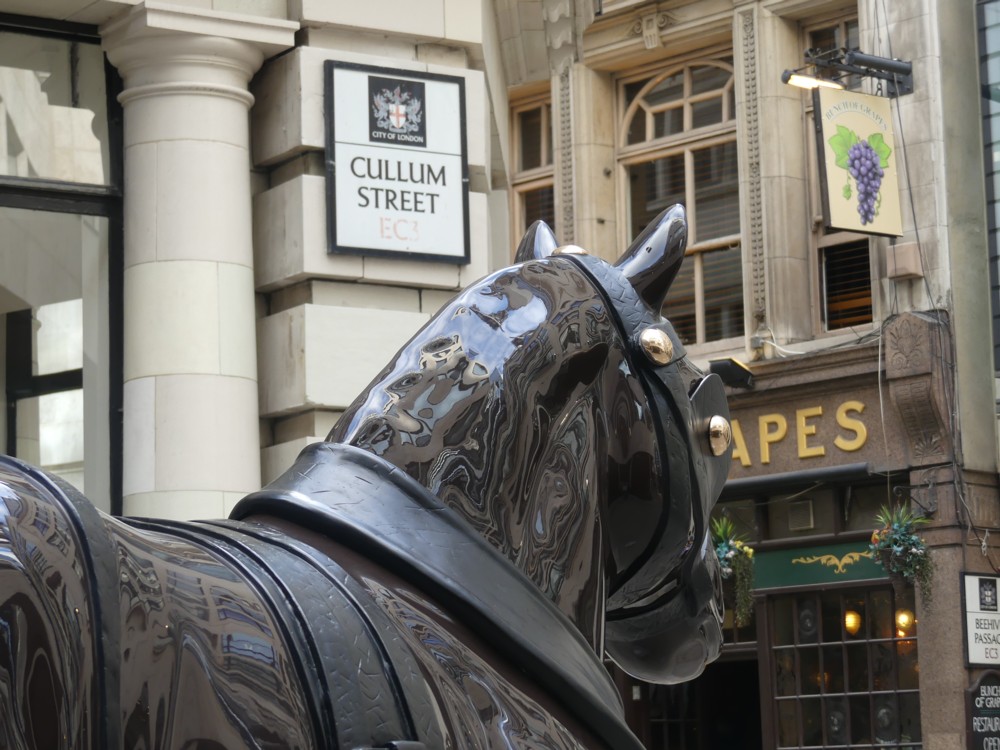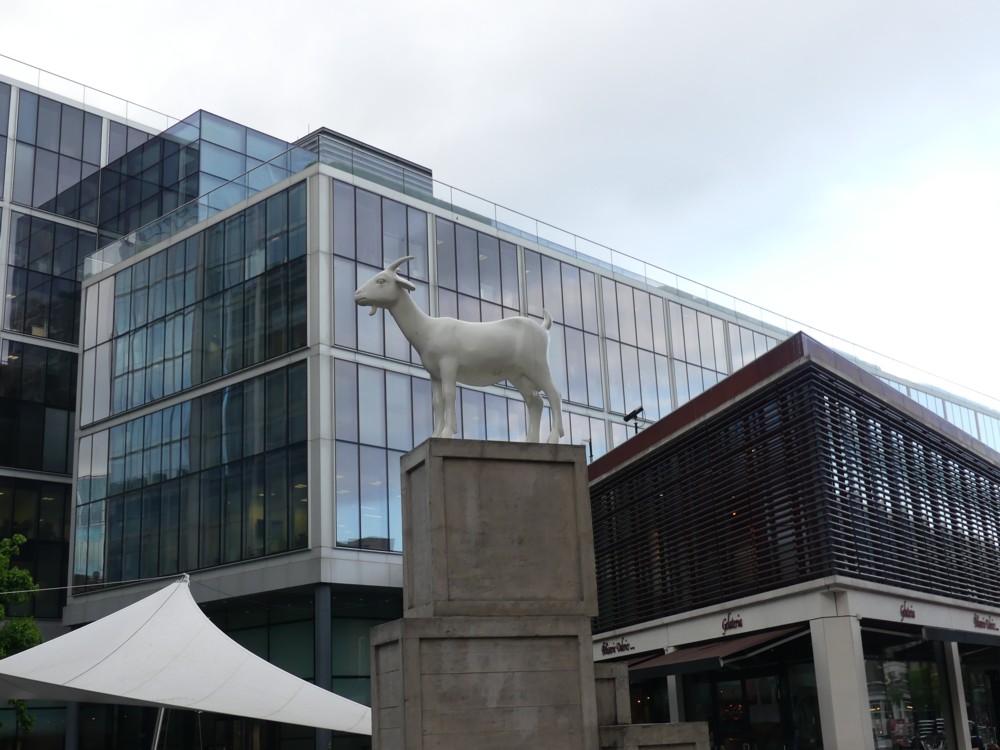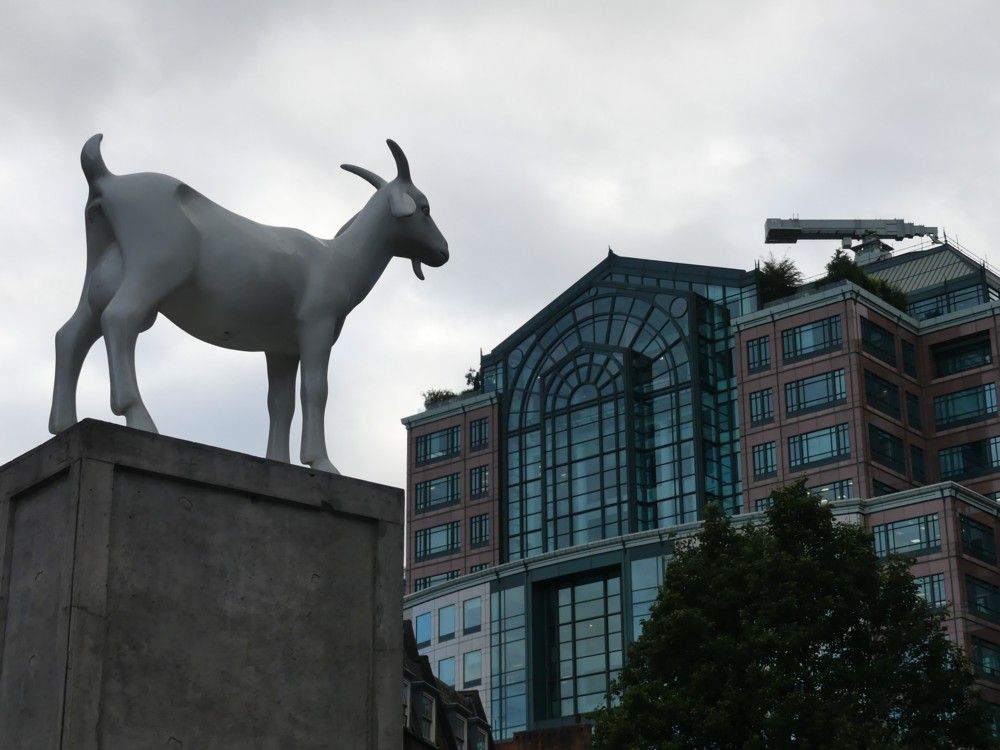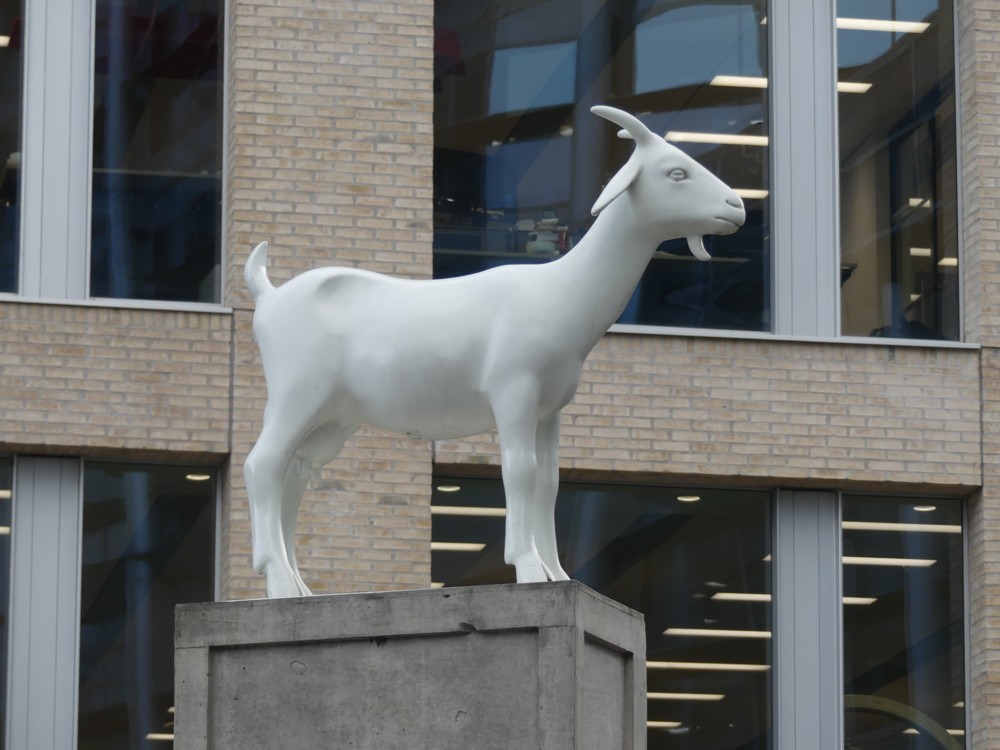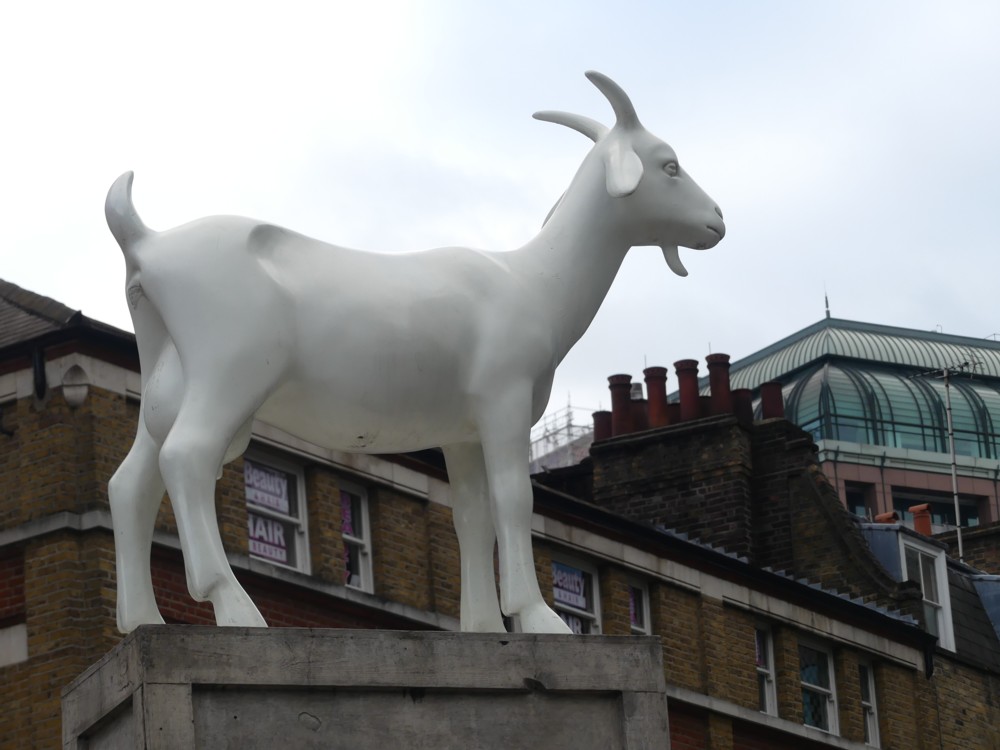Last Saturday, in the afternoon, while the rest of England was obsessing over Sweden v England, I was taking the train from Victoria around the south of central London to South Bermondsey, to see an actual man, about a metaphorical dog. My train stopped off at Denmark Hill on its way to Bermondsey, and there I took another of those inside-a-train photos, with yellow tank tracks on it caused by the lighting in the train:
That looks like some sort of helicopter landing and taking off pad, of the sort that they have on top of hospitals.
If this was the twentieth century, it would have remained a mystery, to me, for ever, unless I happened upon someone who knew what this was and I happened to ask him. But it is the twenty first century, and just now, I googled “Denmark Hill helicopter pad”. And in no time at all, I learned that this was a helicopter landing and taking off pad on top of a hospital.
To say that I unreservedly love the twenty first century would be to overstate matters. But it does have its features, in among all its various bugs.
So much for the certainties of this situation, as revealed by the internet, one of the better features of this century so far.
Now for some guesses.
Why the ramp, leading from the pad, to the hospital?
Why not a lift, into which bodies can simply be wheeled, in about ten seconds?
My guess is that nothing is allowed to protrude above the surface of the pad, in case helicopters are blown into it by a gust of wind, or in case they miscalculate in some other way. No protrusions. Not even for seriously injured bodies, perhaps close to death.
So, the ramp. And for the first few scary yards of it, there are no fences to stop you or the body trolley you are pushing being blown off, just a horizontal bit of wire netting to catch it and you, and prevent the very worst, just like the similar horizontal bits that surround the pad itself. So, take care. But, as you descend the ramp, a fence slowly rises up around you that will impede any ill-judged horizontal meandering you may blunder or be blown into doing, without in any way impeding the helicopters. And, as soon as you have got down below the pad, you go under it, into a lift. And you are in the hospital and can breath easy, even if the body you have brought with you may be breathing very difficult.
It’s my belief that if you look at my photo, you will see, if not all, then at least most, of the above.
I recall reading, once upon a time, that digital photoing is a substitute for really looking closely at stuff. We photo things instead of really looking at things and really seeing things, said whoever it was who was grumbling. My experience has been the opposite. For me, digital photoing has meant spending so much time looking at and seeing things that the problem has been finding the time time to be doing anything else.

